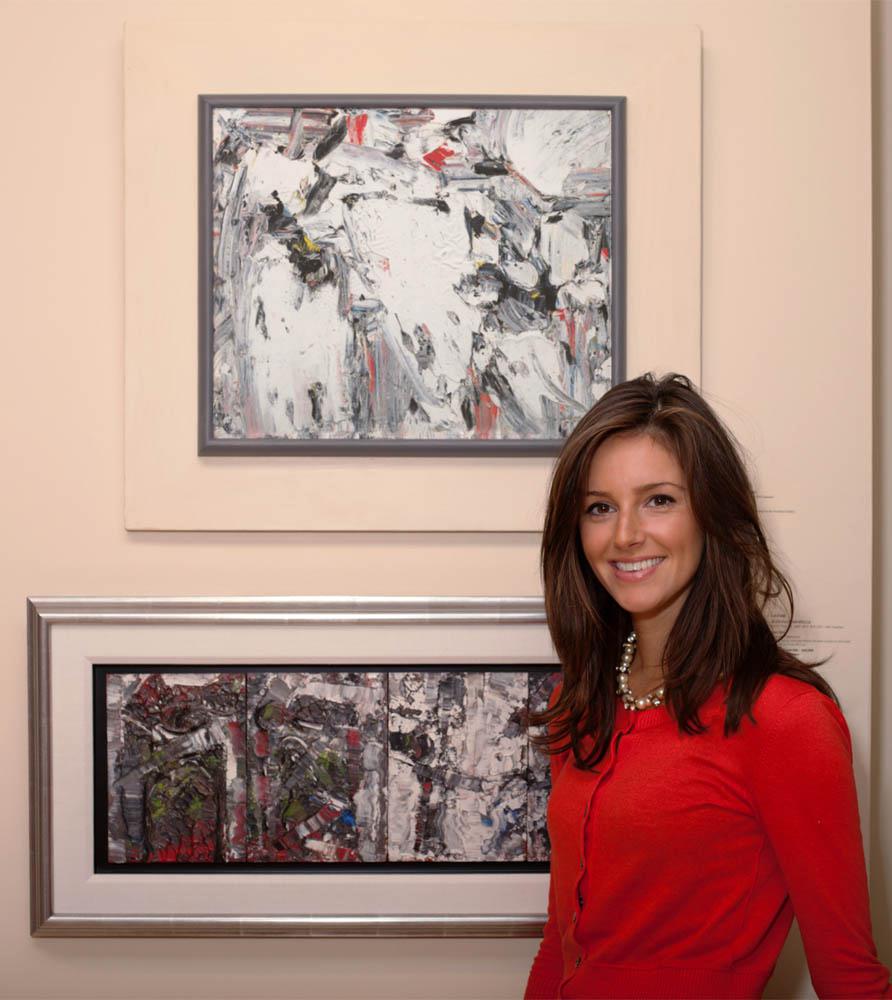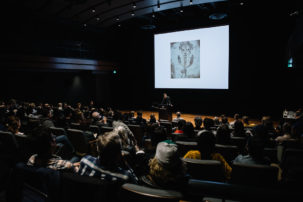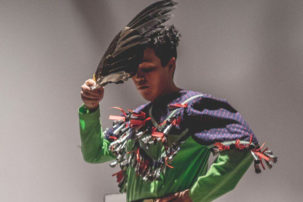Lindsay Jackson works at Heffel Fine Art Auction House in Toronto as the manager of appraisal services, Eastern division. She received a Bachelor of Arts (Honours) in Art History from Queen’s University in 2004, and in 2006 she completed a Master of Arts from the University of Toronto, where she specialized in modern European and contemporary art. Before joining Heffel, Jackson worked at Christie’s and at the Peggy Guggenheim Museum in Venice.
I was studying French and politics at Queen’s for the first few years. Then, I took an art history course and fell in love with it. By the end of my fourth year, I had majored in art history. I didn’t quite know what my next step would be. I worked for Christie’s auction house for a year after undergrad, and got to understand the auction world. I liked it, and decided that it would be a good thing to go and get my MA. I had a brief internship at the Guggenheim between my first and second year. In graduate school, I approached my education more like a job, so it prepared me for working in the real world. When I researched the Canadian art world, Heffel was certainly the company that caught my eye.
It’s really important to broaden your social network. Look for internships, volunteer at the university gallery. The art world is very social, so it’s important to make sure that you’re connecting outside of the books and the library. Widen your knowledge about the art world. Go to the art fairs, go to museums. I like to travel and to continue to learn.
Mine is certainly the traditional path. The auction business is half art and half business. We have a lot of people here that have business backgrounds. We have a lot of people working for us who have fine art backgrounds. People have done degrees in marketing. There are quite a few of us who have Master’s degrees in art history, and that’s because there is quite a bit of research involved. When we do our catalogues twice a year, there’s a lot of research and essay writing that goes into them. When we’re doing our catalogue production for the auction sales, I’m one of the essay writers.
A lot of time is spent looking at paintings. Some people make appointments and come in with their paintings, and I go to people’s houses and view their collections and basically give them guidance as to how much a painting might be worth in the current market. That involves taking photographs, measurements of paintings, doing a catalogue, making sure the work is signed and taking any notes. I see all different sorts of things—Canadian paintings as well as international works and sculpture—so it’s eclectic but a lot of fun.

 Lindsay Jackson at Heffel Fine Art
Lindsay Jackson at Heffel Fine Art







